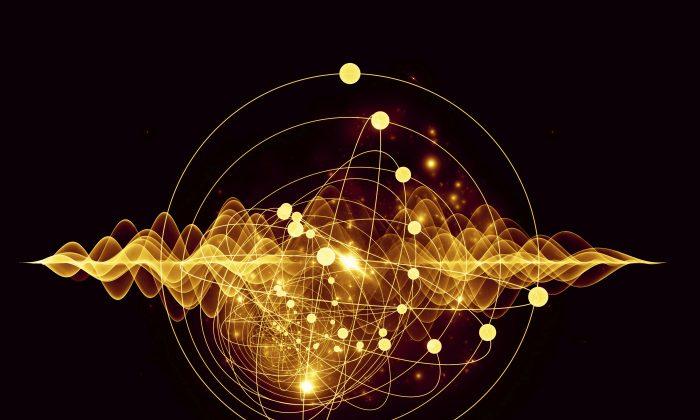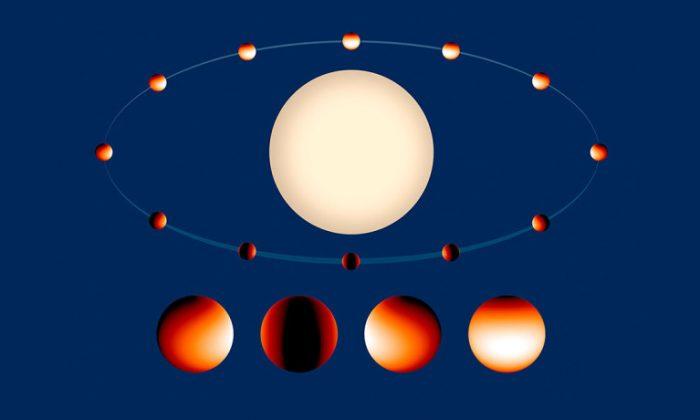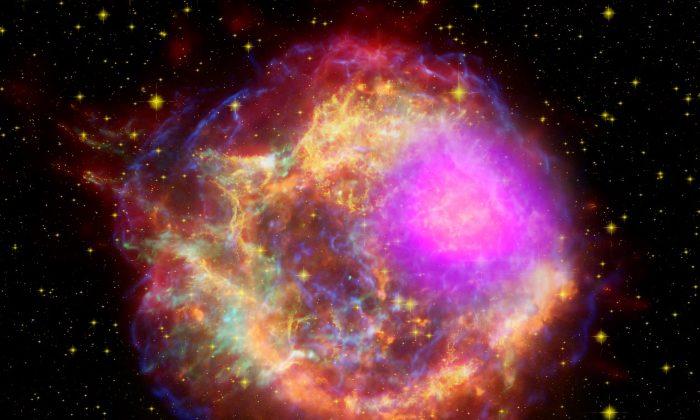For the first time physicists have observed how highly charged dust-sized particles attract and capture others to build up clusters particle by particle.
They did it by using a freefalling stream of particles to create a low-gravity environment and tracked the stream with a high-speed video camera falling along with it. This let them see how charged grains in their mutual electrostatic interactions can undergo attractive as well as repulsive trajectories similar to planetary orbits.
“This can have implications for the very earliest stages of planet formation, which is believed to start via collisions among interstellar dust grains,” says Heinrich Jaeger, a physics professor at the University of Chicago. “Single head-on collisions typically do not dissipate enough energy to lead to sticking.”
Jaeger and colleagues describe the experiment in the journal Nature Physics.
Scientists have long speculated that electrostatic interactions could help colliding particles stick together instead of flying apart. But this work shows in detail cluster growth by successive capture of individual particles via long-range electrostatic interactions.
These interactions are fundamentally important in situations ranging from airborne pollutant coagulation to the clustering of dust in interstellar space. Nevertheless, a full picture of how electrostatic interactions contribute to particle aggregation has remained elusive, mainly owing to the absence of direct, in-situ experiments.
In related work, a team led by Karl Freed, a chemistry professor, and Juan de Pabloa professor of molecular engineering, has just completed calculations that can explain some of the “granular molecule” configurations that Jaeger and his coauthors see in their experiments.
“One thing their paper makes clear is that the effects we were able to track directly with the granular material have wide-ranging importance for much smaller particles, including colloids, nanoparticles, and molecules,” Jaeger says.
Source: University of Chicago. Republished from Futurity.org under Creative Commons License 4.0.



